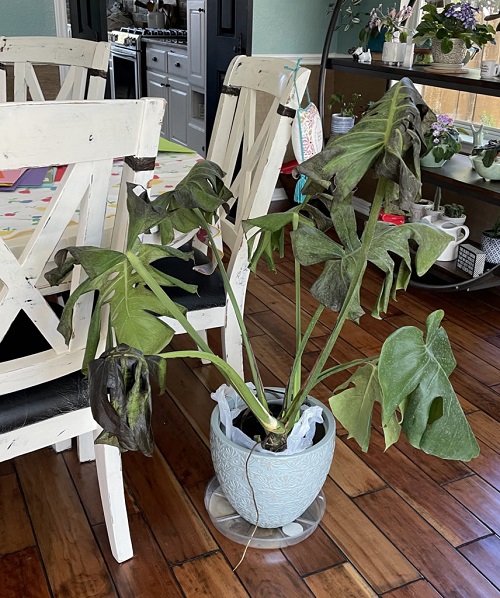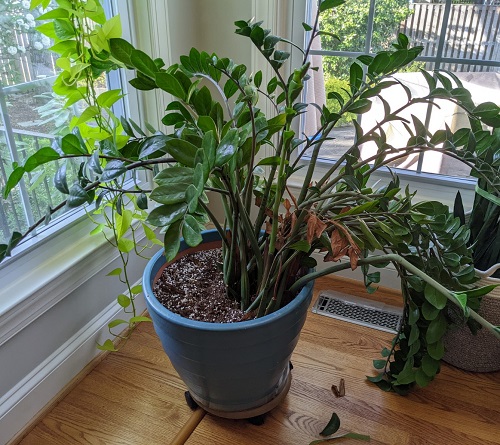Why join the ranks of successful gardeners when you can stand out as a serial plant-killer? Just do these things to kill your houseplants!
Are you tired of those plants thriving and bringing too much oxygen and joy into your home? Well, you can do these things to kill your houseplants! Remember, following these steps is a surefire way to stress, neglect, and, ultimately, kill them. But if a part of you wants to see them thrive, maybe do the exact opposite!
Do These Things To Kill Your Houseplants
1. Grow them in a Large Pot

Don’t want those beautiful houseplants to sit snuggly in the right pot size and thrive in the best health? Choose one that’s too large, creating a swampy home that drowns the roots in excess moisture. Or cram them into a tiny pot, suffocating the roots and stifling their growth. Either way, you’re setting your plants on a fast track to an untimely death.
However, if you want otherwise, provide them a pot that’s just one size bigger than the root ball to provide the roots enough room for growth without holding excess water.
2. Place them in Harsh, Direct Sunlight
Placing them in direct sunlight is a sure shot way to kill your houseplants. You can place them in absolute shade, too, but some low-light plants might survive that condition.
Plants are just like us when it comes to needing the right amount of sunlight. Too little light makes them weak, stretchy, and unhealthy as they strain toward any available light. Conversely, too much sun can scorch their foliage, turning them pale and dry.
The best bet is to place them at a spot with mild morning sun without the overhead afternoon heat.
3. Water them Everyday

You must have perhaps killed a few of them in this way! Plants don’t require water every other day; in fact, they might need a deep watering session just once a week, depending on the weather conditions.
Hitting the right moisture balance is easy—dig your finger in the top one inch of the medium and water if it feels dry to touch. If it doesn’t, wait for a few days.
4. Use Garden Soil Only
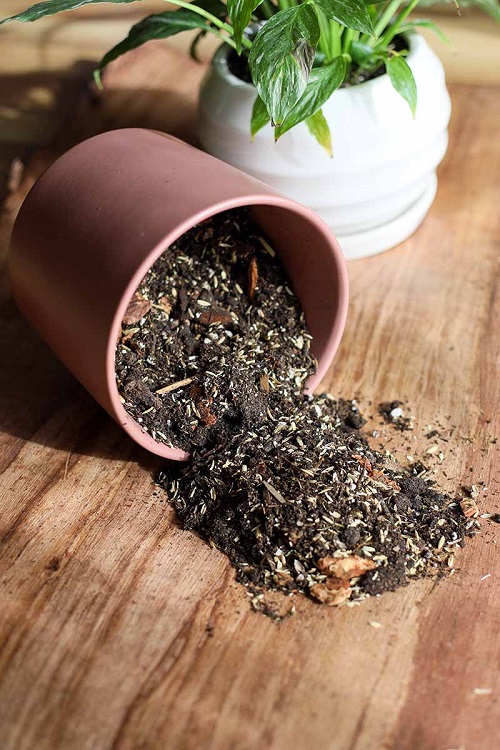
Now, this is a typical trait of a lazy gardener. Garden soil is generally deprived of the essential nutrients a plant requires. Why not ignore amending it with essential perlite, coco coir, and balanced nutrients to create an unhealthy home for your plants?
You can also avoid the fuss of manual mixing with a market-based potting soil tailored to your plant variety, but who cares, after all?
5. Fertilize them Every Now and Then
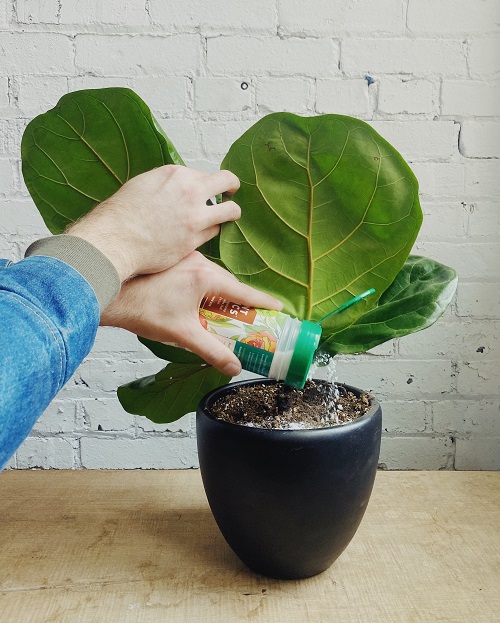
Ah, the classic ‘feed them when you remember’ approach! If you’re aiming to send your houseplants to plant heaven slowly, sporadic feeding is your best bet. Plants thrive on consistency, with a diluted dose of balanced liquid fertilizer every 4-6 weeks, that too during its growing season.
Giving them a random dose of fertilizer whenever it strikes your fancy completely ignores their actual nutritional needs. This way, you can ensure they are either malnourished or overfed, both excellent strategies for a swift demise.
6. Keep them in Very Hot or Cold Temperature Settings
Plants, unlike us, can’t move to a comfy spot when they don’t like the temperature. So, why not take advantage of this? Keep them in places that are either too hot or too cold for their liking. They’ll either wilt from the heat or shiver to their roots in the cold.
Your green buddies require a stable temperature with medium to high humidity, which is typical for most households. Exposure to heating vents or drafty windows might stress them to death.
7. Don’t Groom Your Houseplants at All
Grooming is for pets, not plants, right? Let those yellow leaves hang, allow the dead branches to stay put, and definitely ignore any signs of disease or pests. The wild, untamed look is in, after all!
Conversely, regular grooming, including removing dead leaves and trimming overgrown branches, not only keeps your plants looking neat but promotes healthy growth. It keeps a check on pest and disease risks and ensures they don’t succumb to a thick dusty layer on their foliage.
8. Keep them in the Same Pot for Years

Keeping your plant in the same pot for years is like never moving out of a cramped studio apartment. Their roots will become so entwined and confined that they can’t absorb nutrients or water effectively. This will stunt their growth and lead to a slow, drawn-out decline.
If you ever notice the roots trying to escape the pot, peeping from the surface or from the drainage hole, it needs a new home. Repotting every 2-3 years is generally a standard approach, if you change your mind by any chance!
9. Provide a Breeding Ground for Pests

Pests love a good plant buffet. So why not roll out the red carpet for them? Ignore those early signs of infestation, let the water stagnate, and keep the leaves dusty. These are ideal conditions for pests to thrive and chomp down on your houseplants.
10. Expose them to Sunlight Right After Repotting
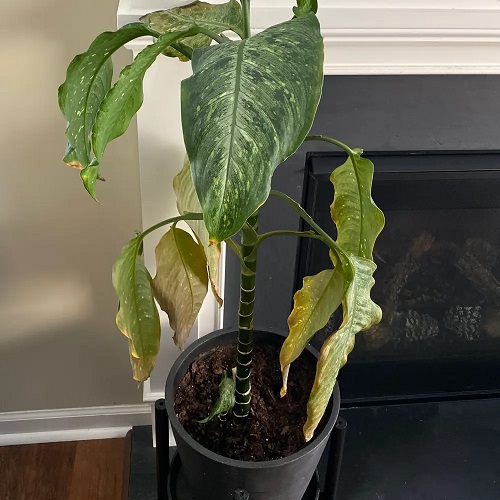
Once you repot them (if you ever do), throw them immediately into the harsh sunlight or at high temperatures. This is like running a marathon right after a major surgery for these green guys.
Symptoms like wilting and leaf drop are common after moving to a new pot or environment. So, if you, by chance, want to minimize this shock, let it rest in a warm spot with indirect sunlight for a few days before exposing it to sunlight.
11. Place them In an Unsafe Spot
Finally, place your plants in precarious positions. The edge of a high shelf, a busy hallway, or right where your cat can swipe them off—the options are endless. This not only endangers the plant but also turns them into a potential safety hazard. It’s a win-win if you’re aiming for plant chaos.
Whereas, choosing the right spot for a plant, where it can receive appropriate light and remain safe from your pet or children’s attack, might actually save it from an untimely demise.


